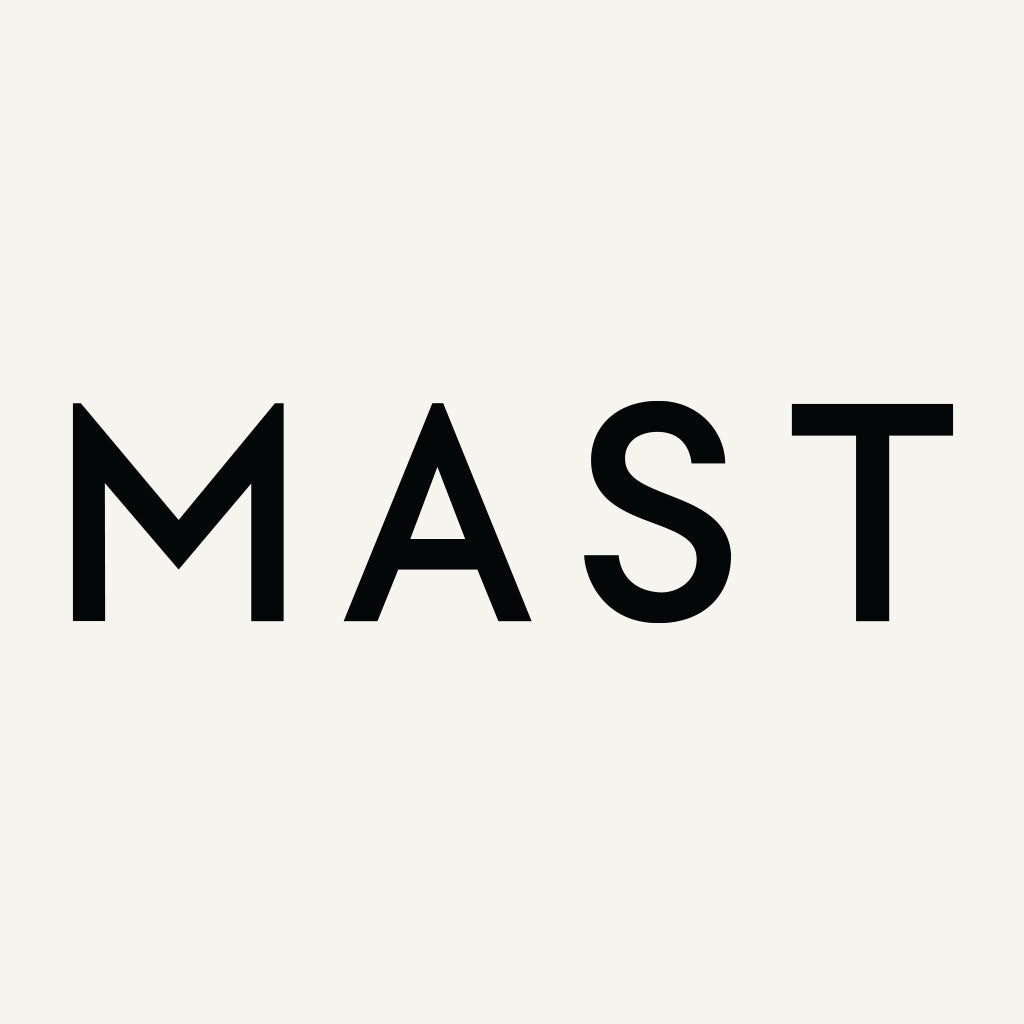Sey It Beautifully
In conversation with Jaime Hodgkin of Sey Coffee
We recently started brewing and stocking Sey Coffee, a Brooklyn-based micro-roastery that specializes in bright, clean, single-origin coffee. The company was founded in 2013 by Lance Schnorenberg and Tobin Polk, two old friends who share a love for this Nordic-style flavor profile. They began by roasting tough-to-find beans under the name Lofted Coffee before rebranding to Sey (yes, backwards) and opening a Bushwick flagship in 2017.
In the decade since Lance and Tobin started their business, they’ve built a dedicated customer base and earned tons of accolades (like Best Coffee Shop in America from Food & Wine) for their uncommon approach to coffee. The two men value transparency above all else, so they source beans with flavor, sustainability, and humanity in mind. They then roast minimally so that the coffee is fully expressed.
“We are a lighter coffee roast compared to most of the world,” explains wholesale and training representative Jaime Hodgkin. “Throughout history, people have been roasting coffee really darkly to cover up any defects in coffee that might not be of a fantastic quality. We're really flipping that on its head, sourcing great coffee and trying not to let the roast influence it in a significant way.”
Here, Jaime shares more about Sey’s origin story, its guiding principles, and what he loves about working in coffee.
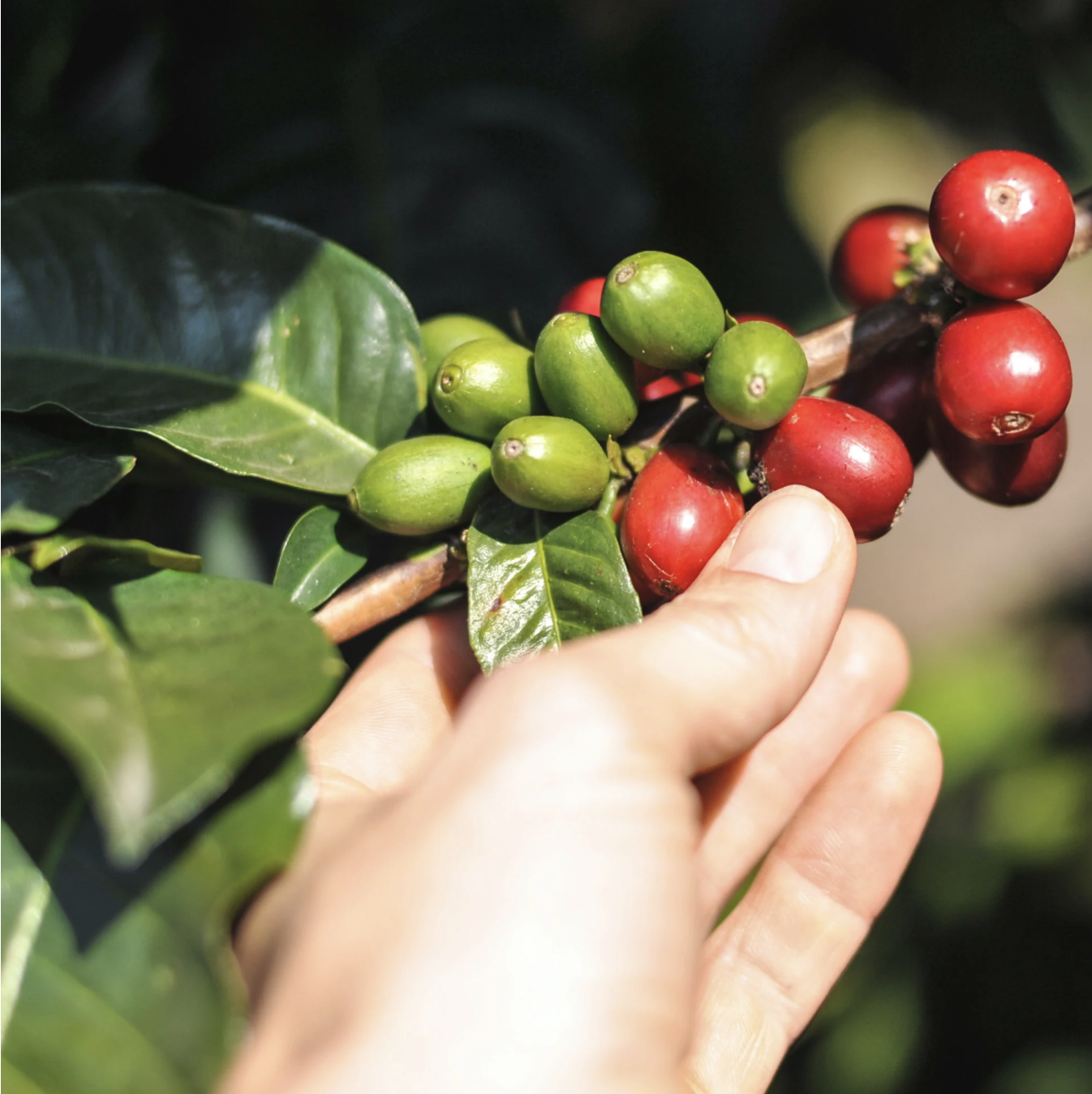
Photography courtesy of Sey Coffee.
Mast Journal: What does Sey prioritize when sourcing coffee beans?
Jaime Hodgkin: The overlying theme of what we're looking for is clean, expressive, washed coffees. We do source a few natural or honey processed coffees, but mainly we're looking to see the coffee speak for itself. We’re working with small farmers and cooperatives and really separating down to the micro level, whether that be a single farm or even beyond that, a single variety from a single farm separated out from the rest of their other varieties and then roasting to a level that showcases that. Roast should never influence the flavor itself, but really just add to and enhance the natural flavors that are in the coffee.
MJ: Totally. And where does Sey find its coffee beans?
JH: We source coffees mainly from Latin America and Africa. Colombian coffees tend to be in stock most of the year. There are two harvests and then everything comes in and out seasonally, as shipping logistics and harvests dictate. We always use fresh crop coffee, so nothing is on longer than it should be, so that it’s most expressive and vibrant. We source from Ethiopia, specifically Burundi, and we're doing a little bit more work in Rwanda and Kenya. In addition to Columbia, there’s Honduras and some from Guatemala, Brazil, and Mexico, as well.
MJ: Very cool. Do the founders travel to all these destinations?
JH: Lance, who is the coffee buyer and coffee quality partner is traveling to origin all the time. He's just looking at tickets now to Columbia and Brazil, but he'll also go to Africa to cup coffees, to work with importers and exporters, and to investigate potential new relationships and check in on existing relationships. Sometimes it's a matter of working with farmers to give some advice or steer processing to increase quality. Sometimes it's literally just to find new producers. Lance is also out there cupping and observing in various local competitions. The Cup of Excellence is the most well-known, but there are a lot of regional competitions, too.
MJ: And what is Tobin’s side of the business?
JH: Tobin operates the retail cafe currently. He has served as a jack-of-all-trades since the beginning. When it was just Lance and Tobin, it was all hands on deck, roasting, packing, delivering, QC, sourcing, literally pulling bags up the loft. He's a catchall for many different facets of the operation, but primarily right now he's operating the retail cafe.
MJ: What is the Bushwick flagship like?
JH: It's a cafe in the front, a very typical espresso bar that rotates through all the offerings. Different espressos and drip coffees rotate throughout the week. It’s a very light and bright setup that mimics the nature of the coffees themselves. In the back, through a glass door, is the roastery and production facility. Since transparency is one of the things that we focus on throughout the entirety of the process, you can literally see into the operations area itself. As a customer, you can actually see where the coffee is being roasted, packed, and then shipped out weekly after our Monday, Tuesday, and Wednesday roasts. The whole cycle begins again the following week.
MJ: Amazing. What does the roasting process entail?
JH: Lance and Liam Berg, our head roaster, work together very closely to go through roasting profiles every week, on Sunday and Monday. They're cupping the previous week's roasts and sample roasts to accentuate the characteristics of the coffees. We see roasting as a way to enhance the natural flavors, but never get in the way. We're not roasting very dark where roast is the first prominent flavor. It’s really just to interweave and naturally bring up the sweetness and the expressiveness and the acidity of the coffees.
MJ: And what do you do at Sey?
JH: I work on the wholesale side. I started as the manager of the cafe and helped with wholesale development over the years. My job right now is new client outreach, so working with people who are interested in Sey on the wholesale side, as well as consulting on training and quality control in the new cafes. I’m trying to really maximize each partnership in a way that helps with quality, whether that be training or advising on proper equipment and proper build out or helping with profitability and making sure that they’re doing the right things to make their business work.
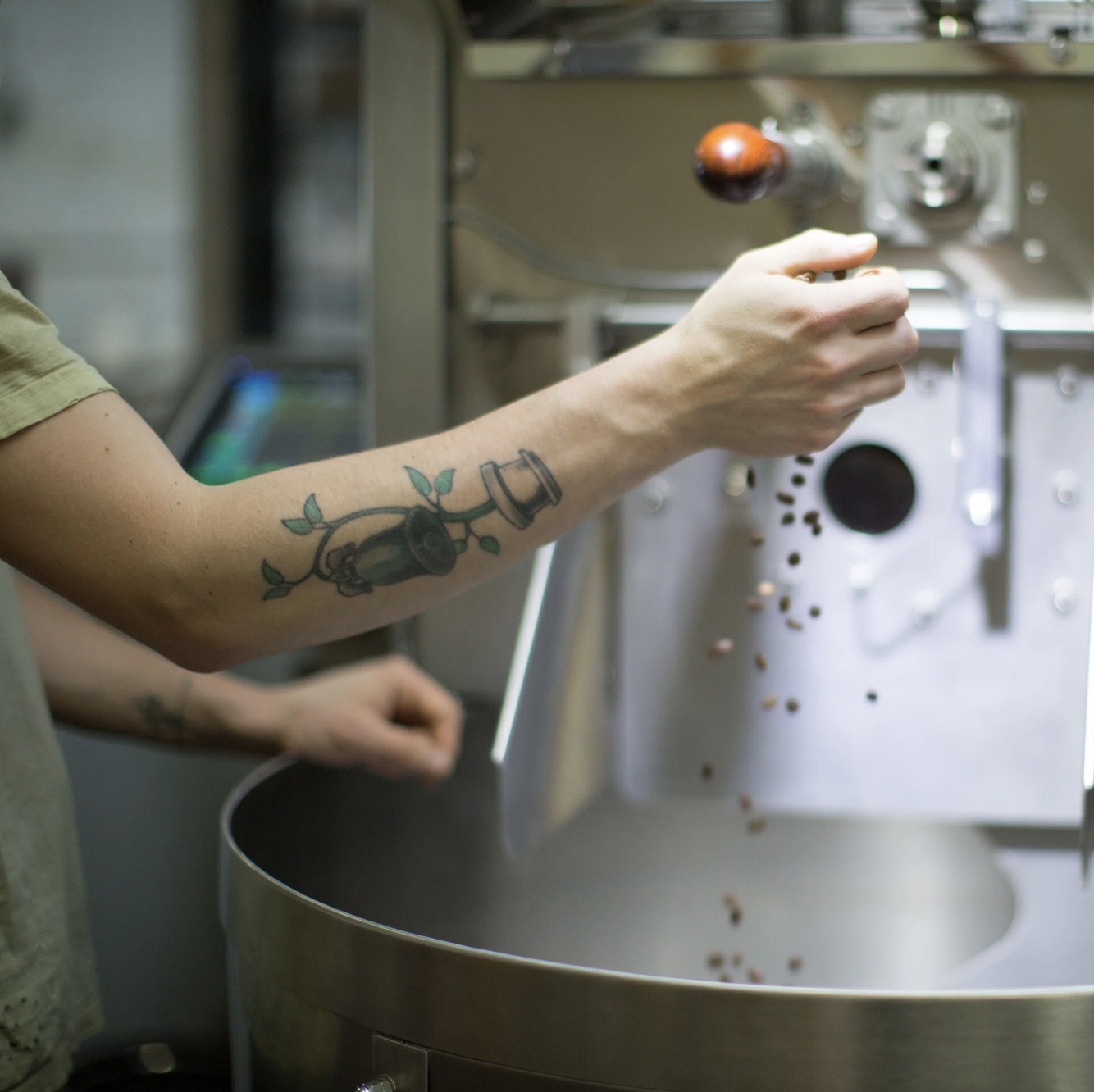
MJ: What is the scope of Sey’s wholesale business? How many cafes serve Sey coffee?
JH: That's a very good question. Off the top of my head, we have a couple dozen in New York City, maybe another 50 to 75 in the U.S., and then another 75 to a 100 across the world. We work with a lot of people who use Sey as guest roasters or seasonal rotations. We have a very wide customer array that isn't necessarily totally exclusive, but in-and-out with a multi-roaster menu. We’re served at really high-end coffee bars in places like Copenhagen and Tokyo that might have six or seven different roasters. And we're fitting amongst those menus as clean washed coffees from the U.S. We certainly hit a certain niche and our spread is very wide. We do have some great exclusive customers in New York, but we definitely cast a very wide net both across the U.S. and internationally.
MJ: That’s awesome. What exactly is “washed” coffee?
JH: Coffee grows on a tree. What we're drinking is the seed of a fruit. And so when it grows, the tree flowers first, then it grows these coffee cherries. They develop from a green to yellow to red skin, typically on the outside. And then inside that skin is a fuzzy, sticky layer called mucilage. And then inside the mucilage is the actual seed. So coffee can be done naturally, which basically means taking the cherry off the tree, maybe washing it a little bit, but just literally letting it dry with the skin. For semi-washed coffees, typically you take the skin and the mucilage somewhat off, but you leave some of the fruit on. For washed coffees, you're doing a combination of washing and what's called fermentation, which basically is getting all that mucilage and all the skin that's on the cherry off so that you're just left with the seed. Then that seed is dried and when we receive it, it's hard and green. Green coffee is what they call it when we receive it. And then we roast that to caramelize all the sugars and create solubility out of this hard seed and that's roasted coffee.
Natural coffees, basically nothing is done to them. Semi-washed coffees, some of it is washed off. Washed coffees, all of it's washed off. So natural coffees tend to be the most fruit-forward, jammy, big-bodied, and textured, but you can also get some undesirable characteristics, like ferment or mustiness or pulpiness. And so washed coffees are really what we're looking for, which are the cleanest expression of the actual coffee itself, without any of that other stuff that's present in natural coffees. We do buy some natural coffees if they're very well processed, but it's really hard to get a natural coffee that also has sweetness, cleanliness, and expressiveness without being overbearing.
MJ: Got it! Do you work with organic farms? Or sustainability-focused ones?
JH: The conversation around organic coffee is tough because a lot of the farmers are so small and don't have the means to really gain organic certification, which can be expensive and comes with an array of requirements and paperwork that might just not be important to them in the context of producing really great coffee. We're working with a lot of farmers and producers that are really focusing on these sustainable initiatives. We're working with places that are looking to make a long-term future and really push the quality. And it's all about uplifting from a financial perspective, as well. If we are buying high quality coffee and we're pushing them to produce better coffee every year, it's providing a longer term solution where they can make more money from selling higher quality coffee. It's a financial sustainability as well as an environmental sustainability.
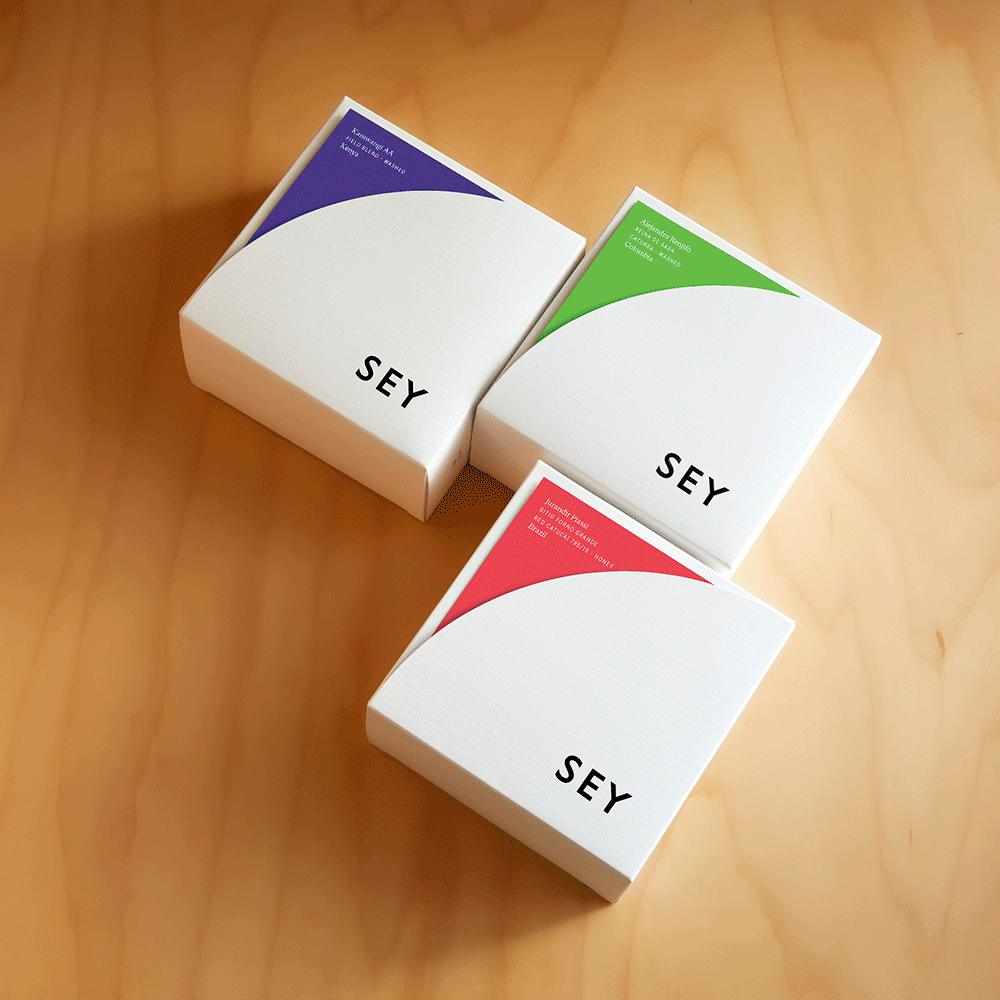
MJ: Sey offers a subscription service, too?
JH: We offer a couple options depending on how many coffees you're looking for per month. It's usually a roaster's choice. Sometimes there's a special subscription with tiny little auction lots that are offered exclusively or first-look to subscribers. It's honestly a great deal. And because our offerings are rotating every single week, it's always something new and exciting. So for the real coffee nerds, it's really a great way to taste through all of our offerings because you're always getting something new.
MJ: Sounds ideal! Can you tell us about the packaging?
JH: The branding goes back to our main focus on transparency and telling the story of the coffees themselves. One of the features on the card that comes out of each box is we're actually showing the price that's paid to the farmer, to the importer, and to the exporter, It doesn’t necessarily make some of our importers and exporters happy, but we want to be completely transparent about where all the money is going along the supply chain. It's a pretty unique thing that very few companies are doing because it really gives a full picture of every length of the supply chain. Beyond the simple pricing information, there's information about our relationships with the farmers, the specific varieties, the processing method, and any sort of relevant info for each offering that tells a unique story. We're releasing 200, 250 lots a year. They are all individual. We really want to highlight that.
MJ: That’s super cool. And what about the colors?
JH: There aren't necessarily set rules, but there's a little bit of a feel about each coffee. The brighter, fruitier, higher acidity coffees tend to be brighter colors. Likewise, the more chocolatey coffees are browner, darker tones. We use all the colors of the Pantone wheel to show that and it makes for a very nice contrast on the shelf and when you get boxes at home.
MJ: They’re really beautiful! How did you get into coffee yourself?
JH: I've worked in coffee since I was a teenager. At first, coffee shops just seemed like a cool place to work. Then I really got hooked and I've been working in specialty coffee in New York since about 2009. Tobin and Lance and I all worked together at Stumptown at the Ace Hotel, which is what we consider to be the first or second real specialty shop in New York. So it's been really exciting to see the growth of specialty coffee, as the industry really blew up in New York. The more that I learn, the more I'm really excited about it. At the end of the day, I just love coffee. It tastes great, it keeps me caffeinated, it keeps me awake.
I also really care about working with people who really care about their products, whether that's farmers or roasters or craft chocolate makers or brewers or vintners. If you're going to be doing something, you may as well put all that effort into making it great. Coffee is just the avenue that I've pursued forever. And I love working on the wholesale side and on the customer side because it's about sharing that knowledge and about helping other people who have a passion for it bring their vision to life. It's really exciting to work with people who are excited about coffee, especially people who want to open a cafe and serve Sey. I love being able to help them create a space where they can share their enthusiasm and their passion for coffee, but also through their own lens.
MJ: That’s incredible. Do you have a favorite coffee to drink?
JH: As a blanket answer, I love drinking washed Ethiopian coffees. Coffee came from Ethiopia originally. It's what's considered the birthplace of coffee. And so a lot of the varieties are heirloom varieties that are literally growing in people's backyards that have been there forever. But I think what's really exciting is every year we see vintage variations. Some years, Colombian coffees are really great, due to certain climates or new practices that people are doing in that part of the world. Other years, Kenyan coffees taste really great. There's so much out there that I don't know if I would say I have an absolute favorite, but if I had to give an absolute favorite, it’s probably washed Ethiopian.
More from The Journal
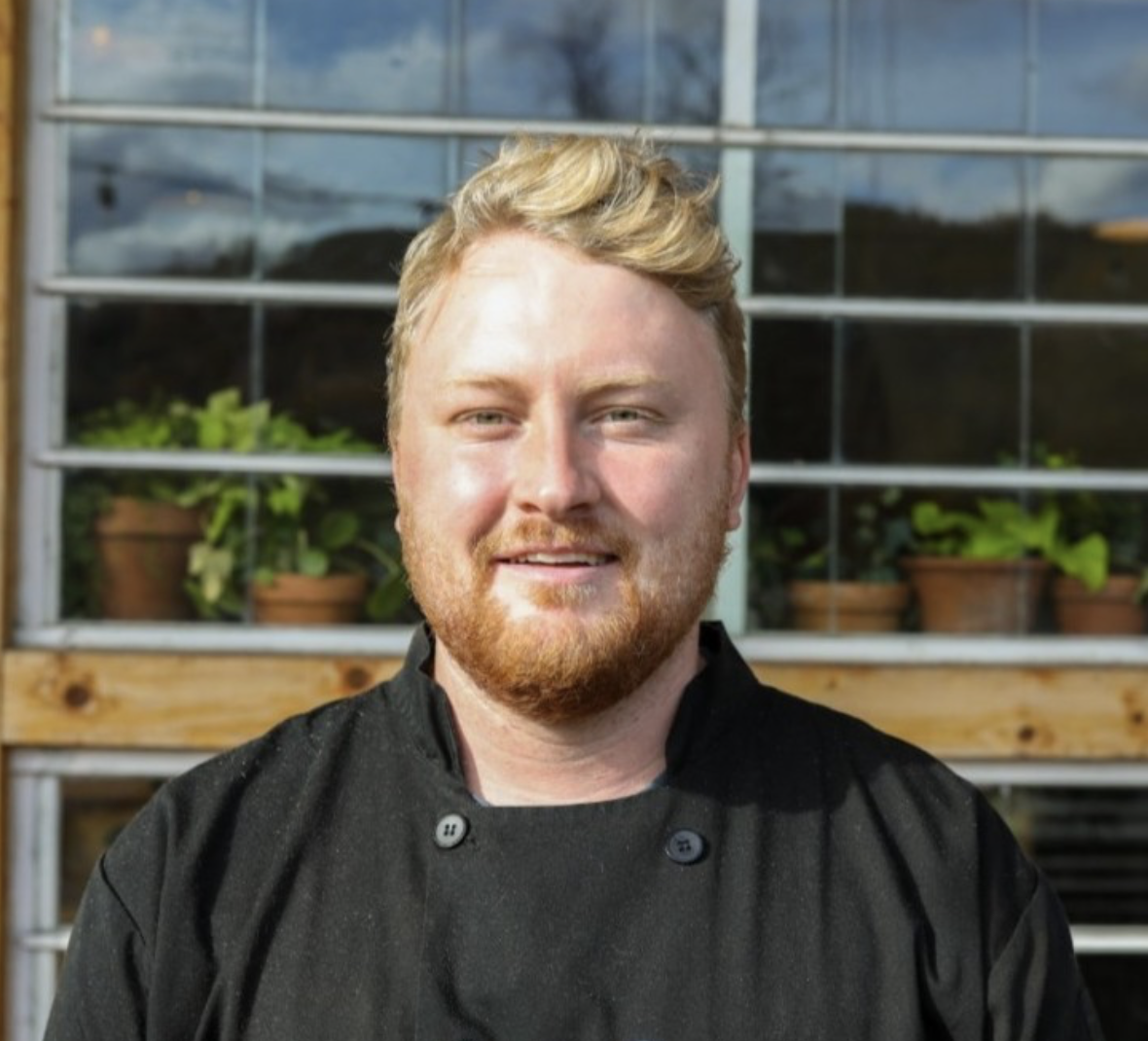
In conversation with Austin Jones of Blooming Hill Farm. Austin shares more about the evolution of Blooming Hill Farm, as well as his hopes for the future of the family business.
Read more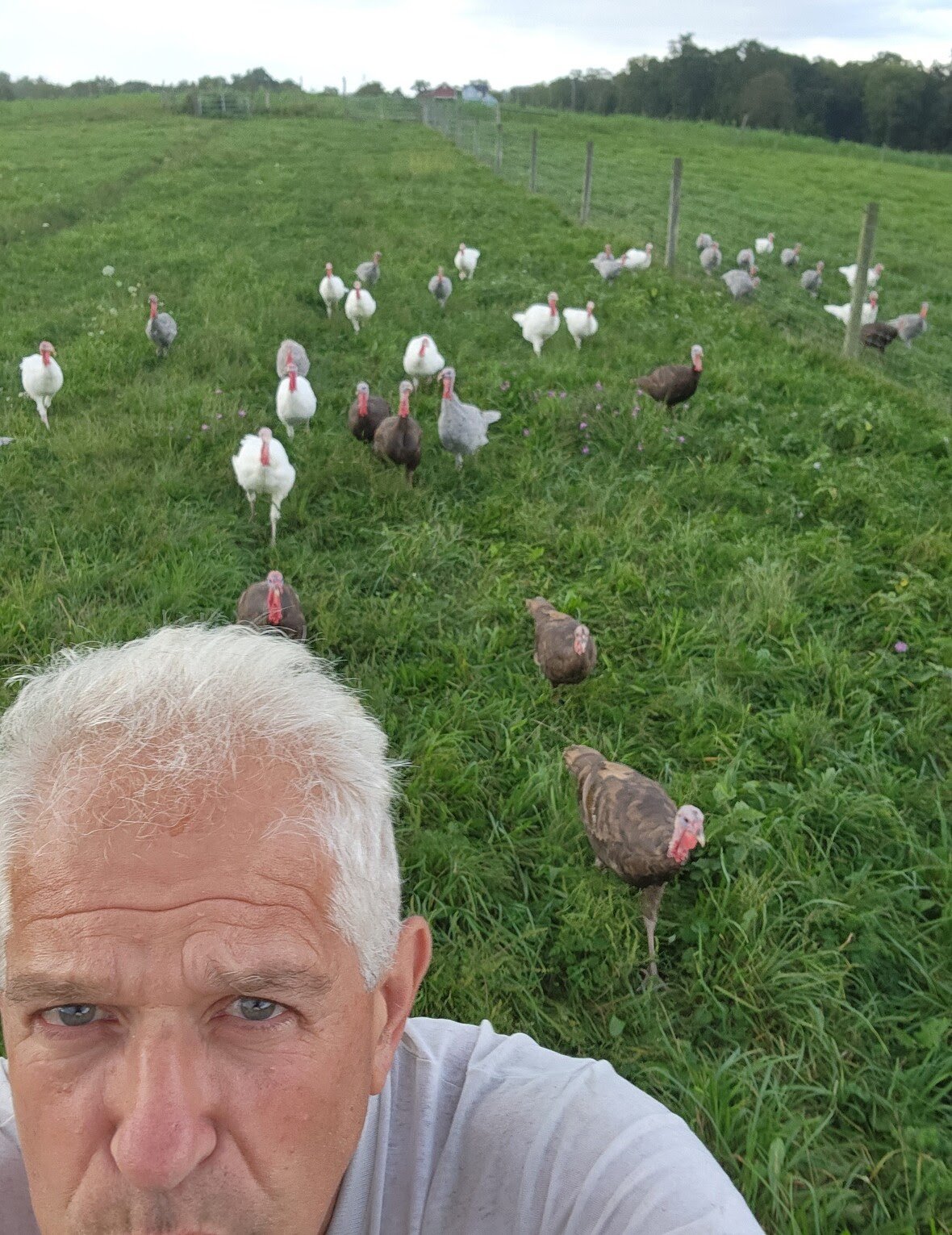
Mark Scherzer of Turkana Farms shares more about the advantages of heritage breed turkeys, why he loves his quiet farm life, and how he celebrates Thanksgiving.
Read more